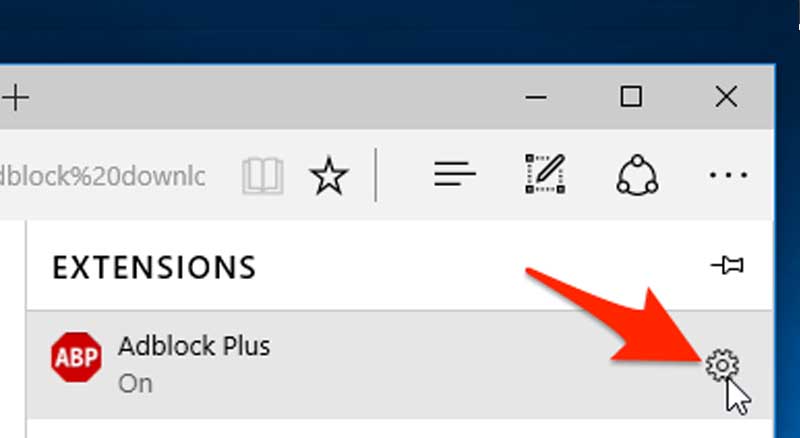
Rename MicrosoftEdge file to MicrosoftEdge_remove or a name of your choice.Then Click Edit, then add your username and give full permissions.Right click on MicrosoftEdge file then Properties / Security / Advanced / Click Change (next to owner) and change to your username, then click OK.Open folder Microsoft.MicrosoftEdge_8wekyb3d8bbwe.Although parts of this answer were given, not all of it was given together in a step by step manner. THE ANSWER BELOW THIS LINE IS THE OLDER ANSWER.Īs already stated, the other answers are no longer valid due to changes in Windows 10 - Microsoft has removed all supported methods for disabling Edge. This much simpler approach achieves the exact same results as the more complex instructions below! However, for older installations and/or Windows upgrades the below instructions may still be the only answer. (If you are asked to allow administrator privileges be sure to answer in the affirmative.) Renaming this folder was not possible in the past without following the more detailed steps below. UPDATE: In January 2017 I disabled Edge on a new Windows 10 install by simply renaming the "C:\Windows\SystemApps\Microsoft.MicrosoftEdge_8wekyb3d8bbwe" folder. Keep in mind that Microsoft may try to re-enable Edge during a future update. (I normally just append some text to it like "_remove" so I can easily re-enable Edge in the future if I desire.) Now, open File Explorer and find the folder "C:\Windows\SystemApps\Microsoft.MicrosoftEdge_8wekyb3d8bbwe" and rename that folder to anything you wish.If you find it in the list, right click on it and select "End task".


UPDATE AUGUST 2018: Microsoft keeps changing things a bit, but you can still "Disable" the Edge browser by doing the following:


 0 kommentar(er)
0 kommentar(er)
